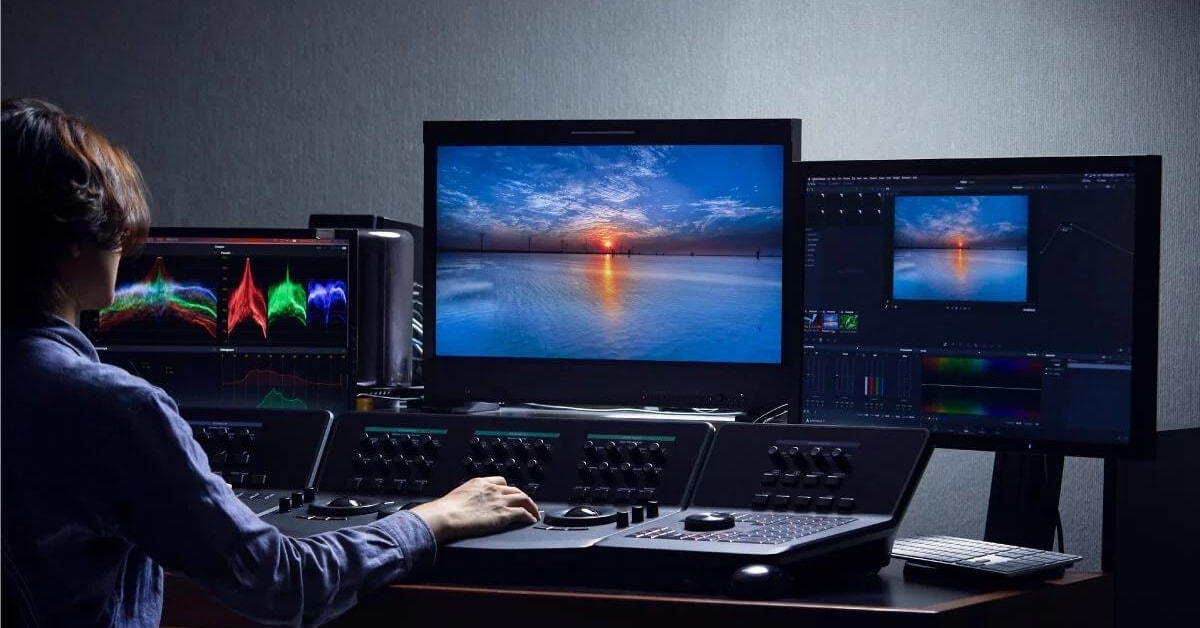In the ever-evolving world of digital imagery, the demand for quick and efficient photo editing solutions has led to the rise of automatic photo color correction software. These tools offer a seamless way to enhance the vibrancy and accuracy of your images with minimal effort. In this comprehensive guide, we’ll explore the realm of automatic photo color correction software, delving into their functionalities, benefits, and how they can revolutionize your editing workflow.
Need for Automatic Photo Color Correction
As the volume of digital photos continues to grow, the need for a quick and efficient way to enhance color accuracy has become paramount. Automatic photo color correction software addresses this demand by providing a swift and accessible solution for photographers, designers, and enthusiasts alike.
How Automatic Color Correction Software Works?
Automatic photo color correction software employs advanced algorithms and artificial intelligence to analyze and adjust colors within an image. These algorithms can identify color imbalances, correct exposure issues, and enhance overall color vibrancy with minimal user input.
Top Automatic Photo Color Correction Software
a. Photolemur: Known for its simplicity and effectiveness, Photolemur automatically analyzes and adjusts colors, brightness, and contrast in photos, making it an ideal choice for quick corrections.
b. DxO PhotoLab: DxO PhotoLab uses AI-based technologies to automatically optimize exposure and color settings, providing users with intelligent and precise corrections.
c. Adobe Sensei (Auto Color Correction in Adobe Software): Adobe Sensei, integrated into Adobe Creative Cloud software, offers automatic color correction capabilities in applications like Photoshop and Lightroom.
Features of Automatic Color Correction Software
a. One-Click Correction: Most automatic color correction software allows users to achieve significant improvements with a single click, streamlining the editing process.
b. Intelligent Analysis: The software intelligently analyzes each image, identifying color imbalances and exposure issues for precise corrections.
c. Batch Processing: Automatic color correction tools often support batch processing, enabling users to apply corrections to multiple images simultaneously.
Using Automatic Photo Color Correction Software
a. Uploading and Organizing Images: Start by uploading your images to the software and organizing them as needed for efficient processing.
b. Applying Automatic Correction: With a simple click or command, apply automatic color correction to your images. The software will analyze and adjust colors based on its algorithms.
c. Fine-Tuning (Optional): Some software allows for additional manual adjustments if needed, providing flexibility for users who want to fine-tune the results.
Benefits of Automatic Photo Color Correction
- Time Efficiency: Automatic color correction significantly reduces editing time, making it an excellent choice for users with tight deadlines.
- User-Friendly: Ideal for beginners or those looking for a hassle-free editing experience, automatic correction tools simplify the process.
- Consistency: Ensures a consistent look across a series of images, maintaining a cohesive visual style.
Considerations and Limitations
- Loss of Artistic Control: While automatic tools are efficient, they may not offer the same level of artistic control as manual correction methods.
- Not Suitable for All Images: Complex or highly stylized images may benefit more from manual color correction techniques.
- File Format Compatibility: Ensure that the software supports the file formats commonly used in your projects.
Conclusion
Automatic photo color correction software has emerged as a valuable asset in the fast-paced world of digital imaging. Whether you’re a professional photographer, graphic designer, or hobbyist, these tools can significantly streamline your editing workflow, providing quick and efficient solutions for enhancing color accuracy. By understanding the features, benefits, and considerations outlined in this guide, you can choose the right automatic color correction software to unleash the full potential of your images with minimal effort.
FAQs
Can automatic color correction software be used for professional photography?
Yes, many professional photographers use automatic color correction software for quick edits, especially when dealing with a large volume of images.
How accurate is automatic color correction compared to manual methods?
Automatic color correction is accurate for common color correction needs, but manual methods provide more precise control for complex adjustments and artistic choices.
Can automatic color correction software handle RAW images?
Many automatic color correction tools support RAW file formats, ensuring compatibility with high-quality image files.
Will automatic color correction alter the original image?
Automatic color correction tools usually create a new version of the image, preserving the original file and allowing users to compare the before-and-after results.
Are there free automatic color correction tools available?
While some tools offer free versions, many professional-grade automatic color correction software options may require a purchase or subscription.
This page was last edited on 27 February 2024, at 10:26 am
